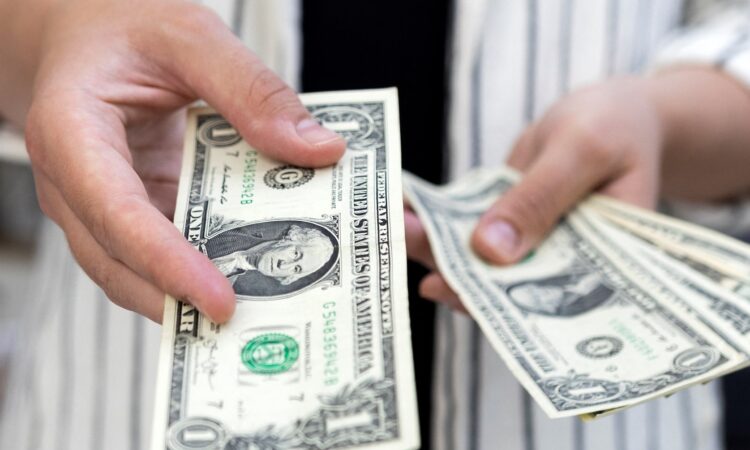
NEW YORK/LONDON, March 22 (Reuters) – The dollar headed toward a second week of gains on Friday, after a slight rate hike in Japan gave the yen a slight reprieve and a surprise cut in Switzerland highlighted the gap in interest rate policy between the Federal Reserve and other central banks.
The dollar rose against all G-10 currencies except the yen, as the relatively strong U.S. economy and high interest rates kept the carry trade alive. But the Swiss rate cut, the first by a major central bank in Europe, marked a definitive shift.
“We had a somewhat surprising cut from the SNB this week,” said Shaun Osborne, chief FX strategist at Scotiabank in Toronto. “People have been extrapolating, certainly from a signaling point of view, what that might mean for other central banks in Europe.”
About 84 basis points of cuts are priced in for this year – much lower than the 160 or so at the start of the year – but higher than earlier in the week as rate cut bets gained steam.
“What happened out of the SNB and what happened with the BoE really opening the door to rate cuts earlier than expected, that’s putting the dollar in a better light,” said Marvin Loh, senior global macro strategist at State Street in Boston.
“Things are calm, but the dollar is a little bit stronger.”
The Swiss franc , the best performing G10 currency of 2023, has lost about 1.7% in value against the dollar this week and about 6.8% so far this year.
The dollar index , a measure of the U.S. currency against six major trading partners, rose 0.45% while the dollar weakened 0.12% against the Japanese yen at 151.44 per dollar.
The dollar is up about 1.5% this week versus the yen after approaching levels that prompted Japanese intervention in 2022.
Euro/yen hit its highest since 2008 this week at 165.37 and the Aussie broke above 100 yen for the first time since 2014.
With the dollar in the ascendant, the euro hit a three-week low. It was last trading down 0.5% at $1.0806.
Expectations for policy easing in China too have piled pressure on its currency, which dropped sharply in the onshore session, spooking equity investors and prompting state banks to step in.
It was last at 7.229 per dollar , while in offshore trading the dollar headed for its largest one-day rise against the yuan in a year, up 0.77% to 7.2769.
Bitcoin was set for its largest weekly drop since last August, with a roughly 6.7% fall, as crypto markets have taken a step back from a powerful rally this week – though it will trade through until Sunday.
It was last down 2.74% at $63,674.36, having fallen by some 13% since a record high close to $74,000 last week.
Sign up here.
Additional reporting by Tom Westbrook in Singapore; Editing by Muralikumar Anantharaman, William Maclean, David Evans and Barbara Lewis
Our Standards: The Thomson Reuters Trust Principles.
